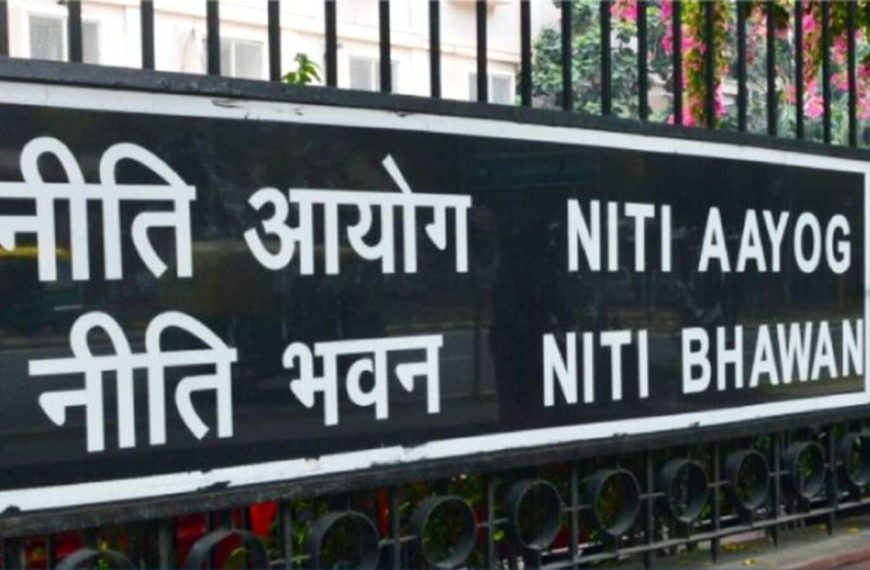On April 9, India’s central banking authority, the Reserve Bank of India (RBI), unveiled a significant draft guideline aimed at regulating gold loans. This new framework mandates lenders to adopt standardized documentation processes, ensuring that individuals borrowing against gold are protected. With these changes, the RBI seeks to create a more transparent and secure environment for gold loan transactions across the nation.
Importance of Standardized Procedures for Gold Loans
The RBI’s latest initiative focuses on establishing a uniform documentation process for lenders engaged in gold loans. This move is significant for several reasons:
- Protection for Borrowers: By standardizing procedures, the RBI aims to enhance the safety and security of borrowers who use gold as collateral.
- Assessment of Gold Quality: Lenders must ensure that they accurately assess the purity and weight of the gold, both gross and net, to provide fair loan terms.
- Consistency Across Branches: The guidelines require that all branches of lending institutions adhere to the same practices, eliminating discrepancies and potential exploitation.
A Step Towards Transparency in Financial Transactions
The introduction of these guidelines reflects the RBI’s commitment to improving transparency within the financial sector. By enforcing a standardized approach, the central bank hopes to foster trust between lenders and borrowers, ultimately benefiting the overall economy.
As the situation continues to evolve, further updates will be provided regarding the implementation and reception of these guidelines in the financial community.
In conclusion, the RBI’s draft guideline for gold loans is a proactive step toward establishing a safer and more reliable borrowing environment in India, reinforcing the importance of uniform practices among lenders.










